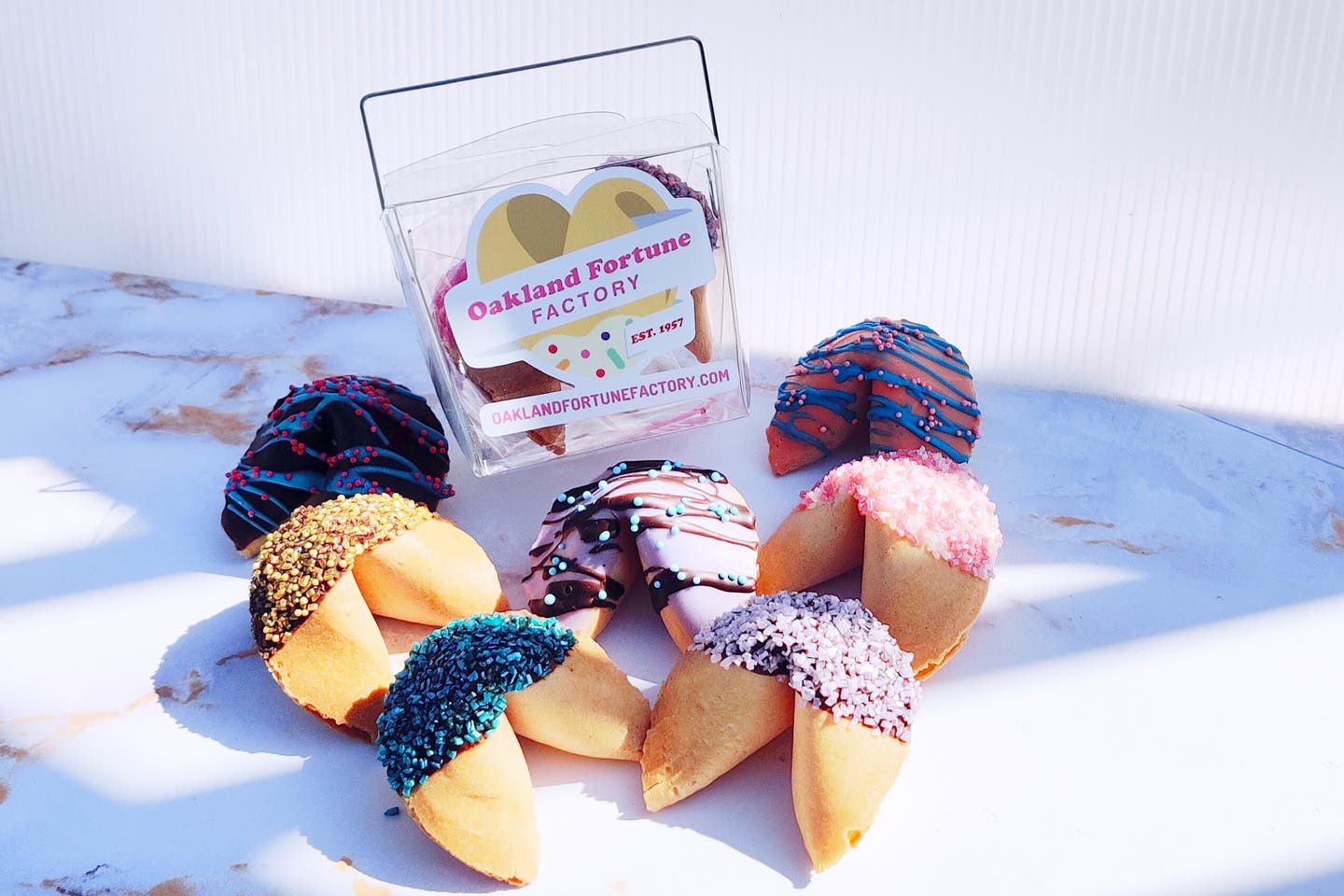
How the AAPI Community Is Redefining the Humble Fortune Cookie
The confection is more than a post-meal afterthought.
At the Oakland Fortune Factory in the San Francisco Bay Area, fortune cookies glisten with neon sprinkles and pastel-colored Belgian chocolate drizzles. Alicia Wong, co-owner of the shop, spends her days carefully decorating them with vibrant designs in uplifting hues of fuchsia, electric blue, and sunshine yellow. For Wong, the non-traditional luster of the fortune cookies is an outward expression of the cultural messaging wrapped within.
When Wong was a child, on the occasions when her mother would buy her a bag of fortune cookies from the Oakland Fortune Factory as a treat, it never crossed Wong’s mind that she would one day be running that business. The factory first opened in 1957, and her parents acquired it in 2016. After finishing college on the East Coast, Wong returned home to find that her parents were struggling to keep the operation going. She volunteered to stay for what she assumed would be a temporary stretch, to assist her parents in translating copy and sorting out business affairs. On the side, she tinkered with decorating the cookies, to help boost sales and set the handmade confections apart from their mass-produced counterparts.
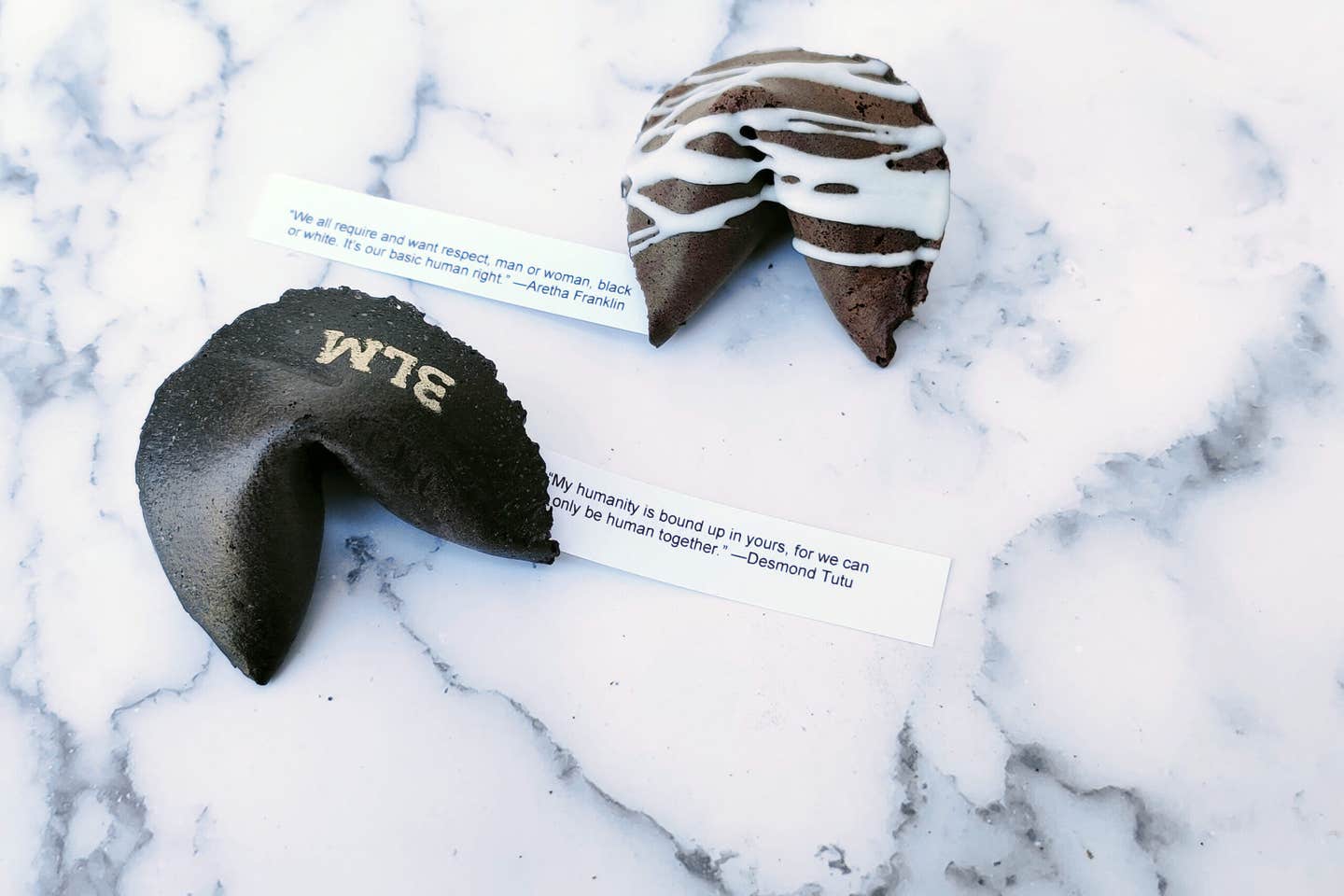
In 2020, when the murder of George Floyd prompted widespread protests across the country, Wong wanted to demonstrate support for the Black Lives Matter movement and the messages of equity and equality it championed. Her partner Alex suggested replacing the fortunes with civil rights statements in solidarity. The ability to disseminate messaging is, after all, baked right into the very concept of the fortune cookie. So Wong sketched out a design, stenciled the letters BLM onto the biscuits, and filled them with messages such as, “My humanity is bound up in yours, for we can only be human together,” a Desmond Tutu quote. Wong donated proceeds to the NAACP and the Innocence Project, and also joined the protests in Oakland and gave cookies away to fellow marchers. “This is [just] our little small thing to help and to show our support,” Wong recalls thinking. She was shocked by how much the community rallied around the factory’s initiative. "The response we got was very overwhelming."
During the protests, something shifted in Wong, and she began to see the greater purpose and potential of her work. “That, I think, was the catalyst that made [me] realize that we could do something,” she says. “I could actually make a positive impact with our cookie.”
Around the same time, as the COVID-19 pandemic continued to sweep the world, Wong read shocking news stories about anti-Asian brutality around the country. “Our morale was at an all-time low,” she recalls. The horrifying incidents angered her, and as more and more Asian Americans began speaking up to denounce the hatred, her own pent-up frustration with how immigrants are often treated—feelings that had been lying dormant in her for years—surged to the surface.
“The Stop Asian Hate movement made me examine myself, and I realized that there were so many things that I internalized,” says Wong of the bigotry, both outright and subtle, that Asian Americans regularly face. Grasping the extent of the inequities that had embroidered her immigrant experience was “just so painful. I didn't know how much pain it has caused me until I really spent a lot of time reflecting,” she says.
Yet, the way the Asian American community collectively stood up against the rampant injustice was something Wong had never witnessed in her lifetime. “Our kind of unspoken rule is we keep our heads low, we don't say anything, we don't make a fuss,” she observes. “I never liked that sentiment. It was really, really cathartic to see so many people from my community and also my generation speak out and come together.”
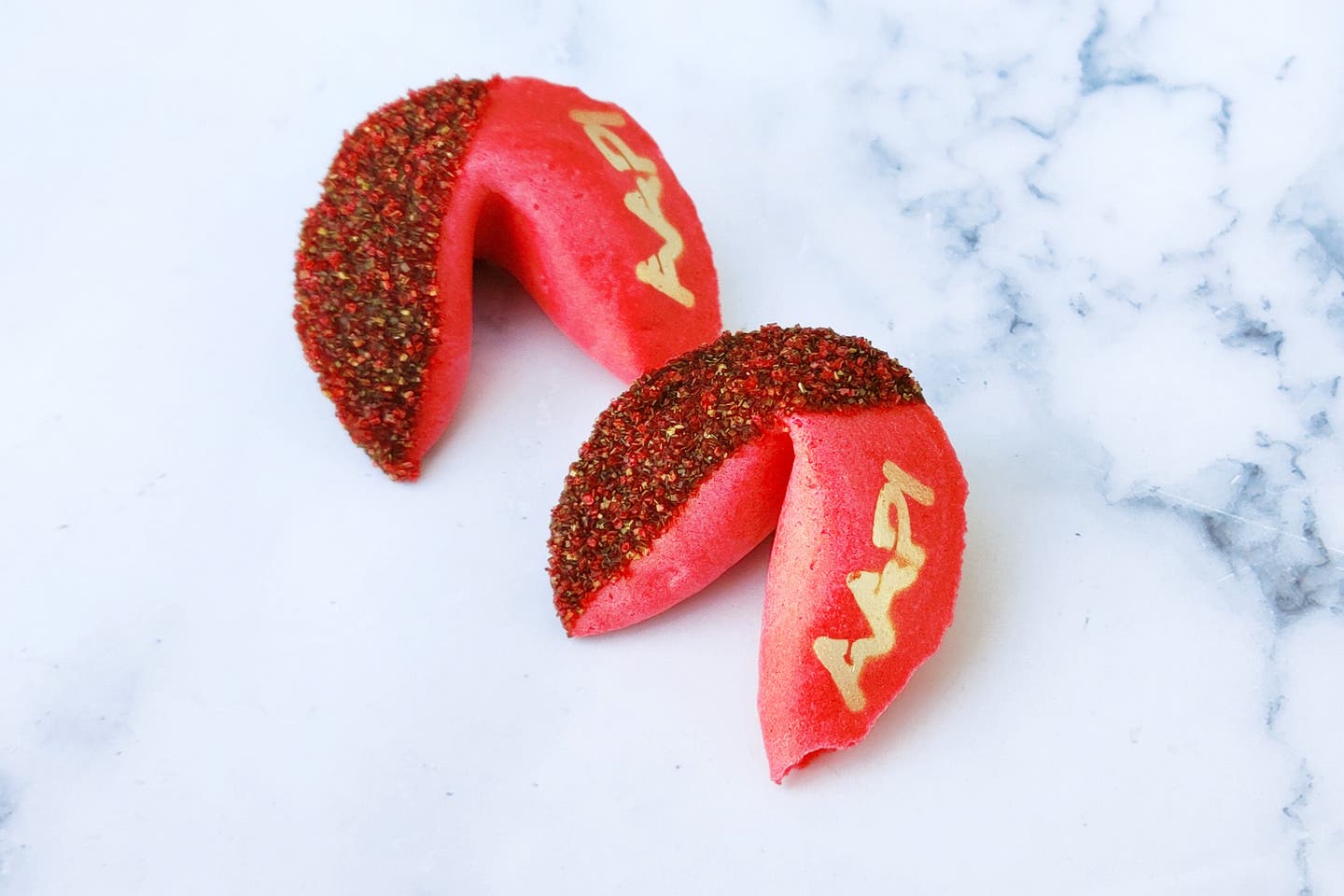
To contribute to the mobilization in the best way she knew how, Wong decorated cookies with the letters SAH (Stop Asian Hate) and filled them with Chinese, Korean, Japanese, and Thai proverbs, then donated proceeds to the Asian Pacific Fund and the Asian Mental Health Collective. Wong felt it was important to include sayings from different countries. “The Asian community as a whole was suffering,” she says, noting that people who hail from different ancestral backgrounds may share very similar experiences and struggles. “I didn’t want people to segregate us,” she adds, especially “when my own community is so diverse.”
Wong isn’t the only fortune cookie maker using the confections to spread messages of inclusivity. Kevin Chan, the owner of San Francisco’s Golden Gate Fortune Cookie Factory which his mother opened in 1962, was also horrified by the violent crimes targeting Asian victims across the country. “Why do we get hate? Why are we getting beat up?” he recalls questioning in anger. To add a voice to the Stop Asian Hate movement, Chan joined marches and gave away cookies containing notes of equality to marchers and police officers to “send out the message that, Asian hate, we don’t tolerate that,” he says. Immigrants often sacrifice everything to migrate to a different country, then work hard to contribute to society in their adopted homeland, he notes. “We’re here. We are Americans. We’re part of the community.”
Like the people who make them, fortune cookies are, in fact, American. When I was a child visiting China for the first time with my parents, we went to a restaurant with relatives, and after dinner, I waited for the fortune cookies to arrive. When they didn’t show up, I pointed out the curious absence to my cousins, who stared at me in confusion. Jennifer 8. Lee, author of The Fortune Cookie Chronicles: Adventures in the World of Chinese Food, told me my experience is probably common among those accustomed to seeing fortune cookies with Chinese dishes: “Chinese people in China don’t recognize them. They think it’s very strange that there’s a piece of paper inside the cookie.”
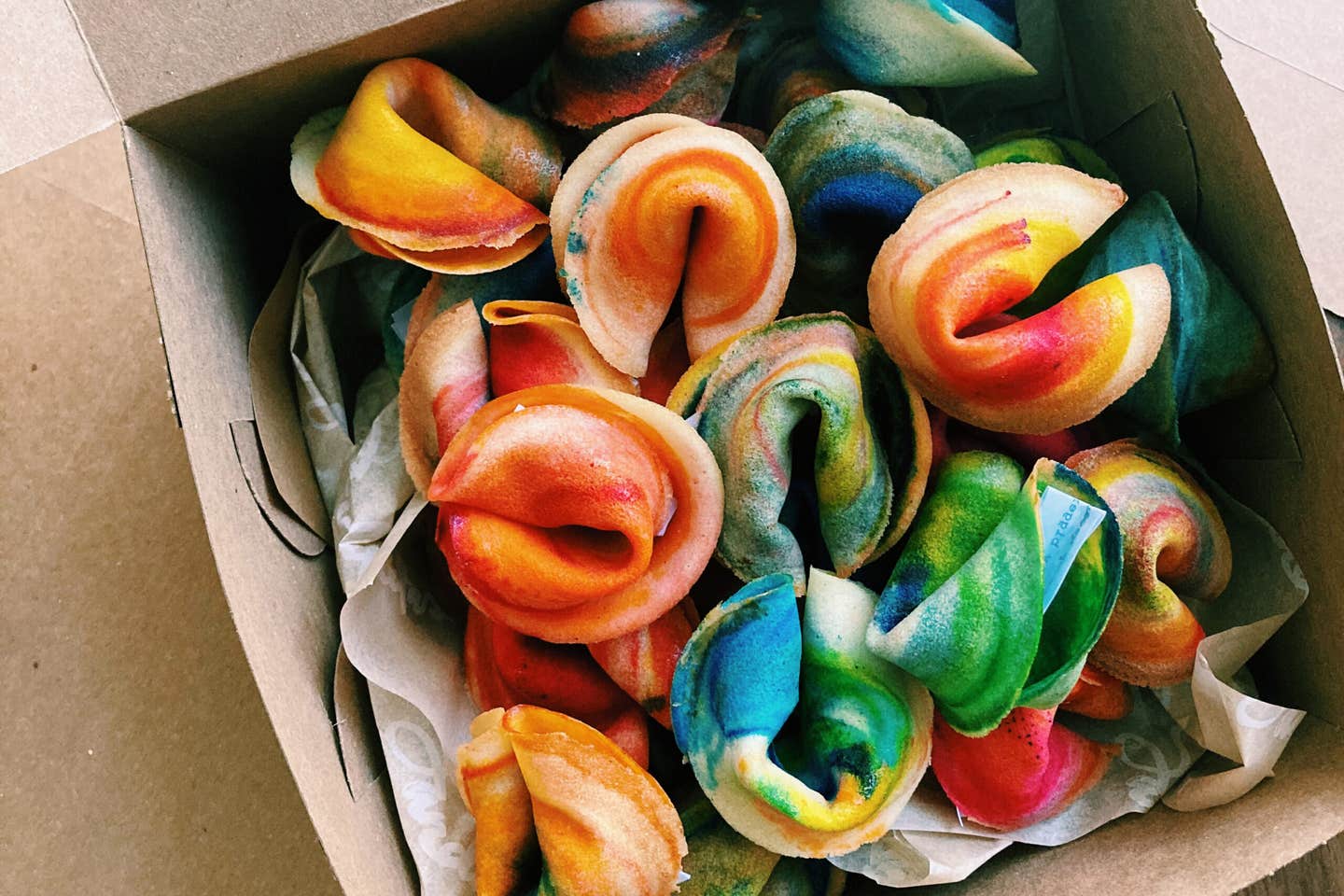
Americans’ assumption that fortune cookies come from China is a widespread misconception of the food’s origins. How fortune cookies came to be inextricably linked with Chinese restaurants in the U.S. is the question Lee sought to answer in The Fortune Cookie Chronicles. Throughout her research, she found that multiple sources, including food manufacturer Hong Kong Noodle Company and Japanese confectionery Fugetsu-Do in Los Angeles, claim to have created the famous cookie. Another commonly told origin story, which Chan recounted to me, is that fortune cookies as we know them today were first served in the Japanese Tea Garden at Golden Gate Park in San Francisco. Though claimants and historians have differing theories, one tidbit is agreed upon: the cookies did not come from China. According to Lee, fortune cookies likely derive from tsujiura senbei—crunchy fortune-containing confections that were made in Kyoto, Japan, as far back as the 1800s. Japanese bakers who arrived in the U.S. during the late 19th century likely brought the tradition with them, selling similar treats at the shops they opened, Lee explains.
The cookies’ jump from Japanese confectioneries to Chinese restaurants likely resulted out of necessity. “Fortune cookies are very much a reflection of economic survival” and “immigrant adaptation to the American landscape,” says Lee. In the early 20th century, because American customers were not familiar with eating raw fish, Japanese immigrants opted to open Chinese restaurants instead. Though ending a meal with something sweet is not a cultural norm in China, she notes, American diners expected dessert. Fortune cookies became a way to fulfill that need.
During World War II, when President Franklin D. Roosevelt ordered the incarceration of Japanese Americans in concentration camps, countless Japanese American businesses closed. Shortly after, Congress repealed the Chinese Exclusion Act of 1882, prompting a surge of Chinese immigration. “The wartime rationing of meat enhanced the appeal of Chinese dishes, which made a little meat go a long way,” writes Lee in The Fortune Cookie Chronicles. “A sharp rise in demand at Chinese restaurants combined with a lack of Japanese bakers gave Chinese entrepreneurs an opportunity to step in.” Those restaurant owners popularized the cookie into the convention it is today—utterly synonymous with Chinese restaurants in America.
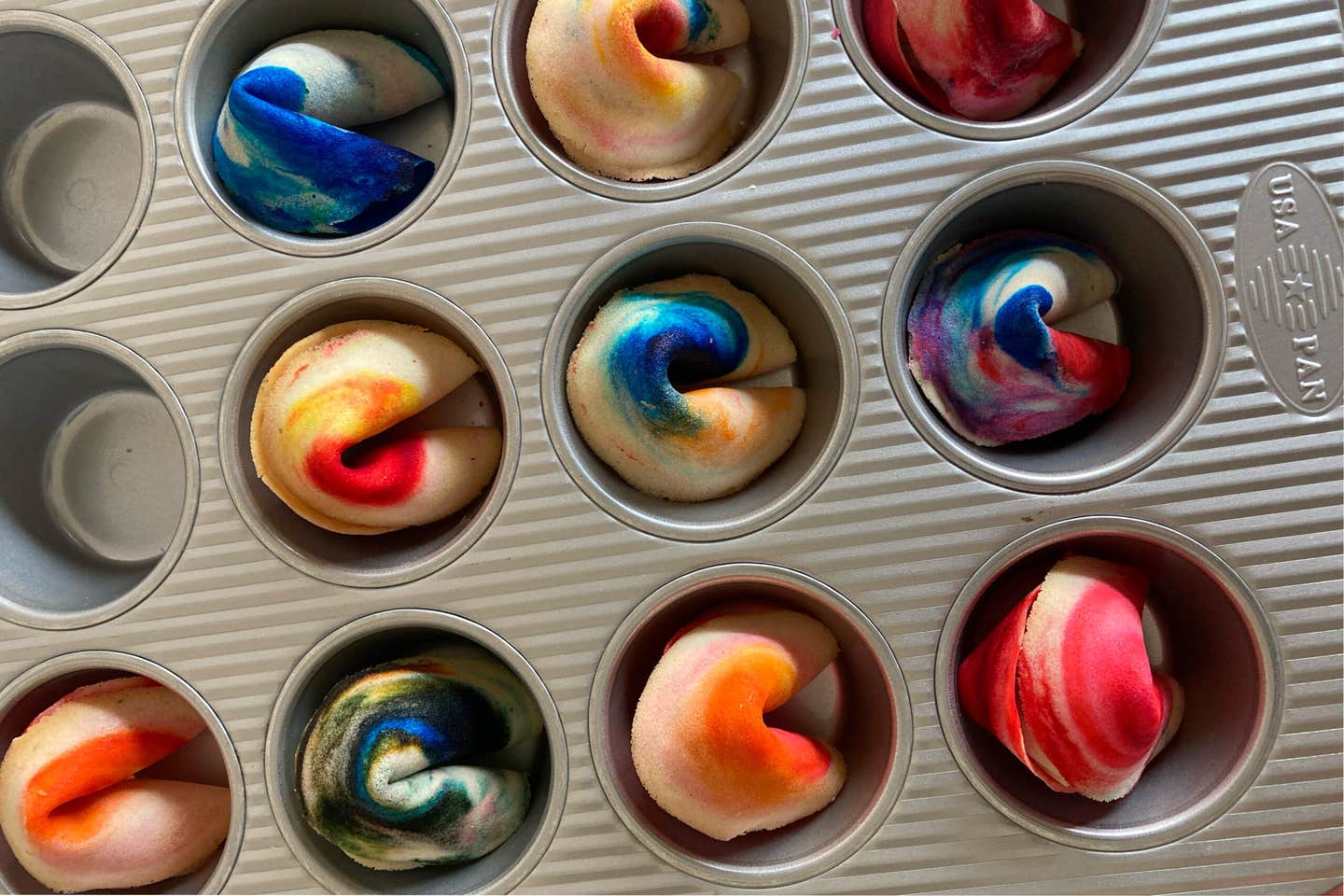
Wei Guo, the writer and recipe developer behind the food blog Red House Spice, used to feel that this was rather unfortunate. Guo, who was born and raised in China and now lives in the U.K., first encountered a fortune cookie in Sex and the City, when the character Miranda orders Chinese takeout. Eventually, Guo tasted one for herself: “My impression wasn’t very good. To me, they’re kind of poor quality. It doesn’t reflect how Chinese desserts or sweet treats can be—because they’re all produced by factories. They’re not homemade or made fresh.” Not only did the cookies perpetuate connotations of cheapness which many in the West continue to associate with Chinese food, Guo also found that the fortunes themselves misrepresented and exoticized Chinese notions of wisdom and luck by implying a certain mysticism. “I feel like the messages reinforce stereotypes of Chinese people by Americans,” she says.
But over time, as Guo became more familiar with American Chinese dishes, her opinion of the confections evolved. “There is lots of criticism on American Chinese food being not very authentically Chinese, but the food was made that way for a good reason,” says Guo, noting how immigrants who owned restaurants adapted the food—and served dessert—to cater to the American palate. She now considers American Chinese food a regional cuisine deserving of celebration. “Behind all that is the story of the real struggle of Chinese immigrants.”
Fortune cookies helped newcomers bridge gaps and hold the interest of their Western customers. “I think for many families in the Chinese diaspora, especially during the eighties, fortune cookies represent an important part of our assimilation,” author Hetty McKinnon—who penned To Asia, With Love, among other cookbooks—wrote to me recently in an email. To her, the confections were a “fun, non-threatening food that invited others into our culture.”
If fortune cookies indeed symbolize generations of immigrant adaptation, perhaps the food deserves better than being considered a post-prandial afterthought that diners can take or leave. To detach the confections from their prominent association with China, and to reframe them as an American Chinese food and respectable dessert in its own right, will certainly take time. But artists, cooks, and makers are, each in their own way, quietly spurring a reinvention. Wong, for one, is passionate about diffusing the image of the cookies as cheap and mass-produced, by continuing to craft handmade versions embellished with innovative designs and social activism. “I want to shift [people’s] memory of what a fortune cookie is,” she says. “I have the means and the capacity to, so in a way, I feel like I'm responsible to do so.”
Chan continues to invite visitors for tours of the Golden Gate Fortune Cookie Factory, so they can see firsthand the care and labor that go into the art of making the biscuits by hand. “It’s so great to see tourists come in and [taste] one of our cookies, and they’re so happy. You can’t miss that moment,” he says. “That’s my fulfillment and enjoyment. That is my motivation.” To broaden assumptions about what a fortune cookie tastes like, the factory also sells a diverse array of flavors, from matcha to strawberry. Chan’s cookies have a fan in Bay Area-based cookbook author Kristina Cho, who wrote Mooncakes & Milk Bread. “They are, I think, probably the best fortune cookies that I’ve had,” says Cho. “It’s just so snappy and light and has this really perfect balance of brittleness to it, without being too crumbly.” The eating experience, she tells me, far surpasses that of biting into a mass-manufactured version.
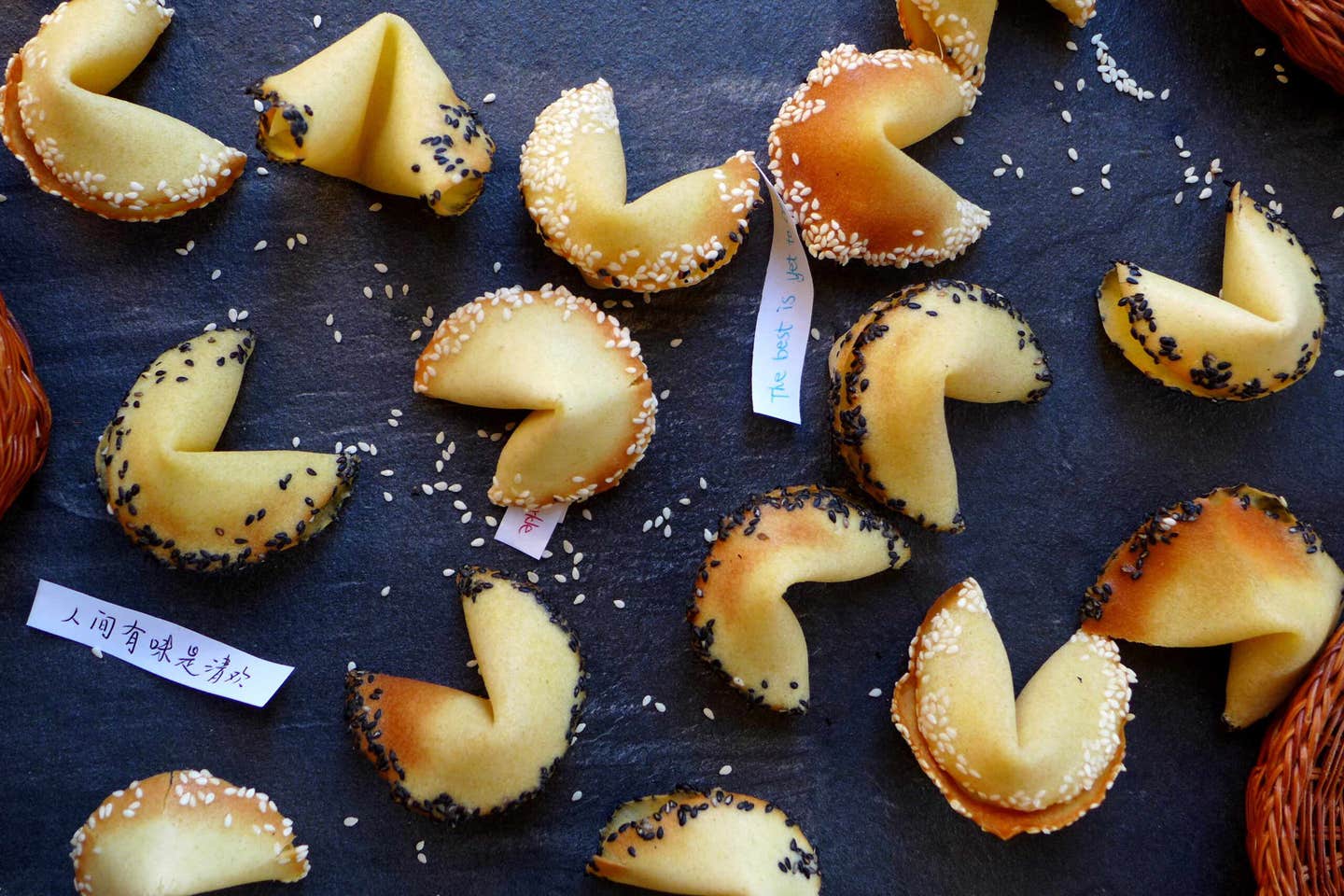
Guo, too, wanted to use her platform to shift the cookies’ image from processed snack to homemade special-occasion treat. She developed a fortune cookie recipe for her readers to try at home, encouraging them to get creative with personalized notes to wrap inside. “I think it’s such a lovely way to deliver a message, a fun thing for parties or gifts. There’s so much potential in it,” she says. “I think fortune cookies deserve a place in the baking world.”
For many in the diaspora, the humble fortune cookie has always meant more than its stereotypical connotation as a negligible free treat at the end of a meal. McKinnon remembers eating them whenever her family visited her uncle’s restaurant in Sydney—memories she recalls fondly. “We always checked what our lucky numbers were on the back of the ‘fortune’ in case we wanted to use them for the next week’s lottery ticket,” she told me. “These memories are happy, when our extended family gathered for a raucous meal, with too much food, feeling like VIPs because we were eating at our family restaurant.”
Cho also feels endearment for fortune cookies, which her family’s restaurant in Cleveland always served atop a scoop of ice cream. “Everyone had to pick their cookie. And once you touched a cookie, that was yours, and you couldn’t trade with someone else,” she recalls with a laugh. “And you’d open it, and we’d all read our fortunes.” In Cho’s memories, the tradition is intertwined with warmth and family togetherness.
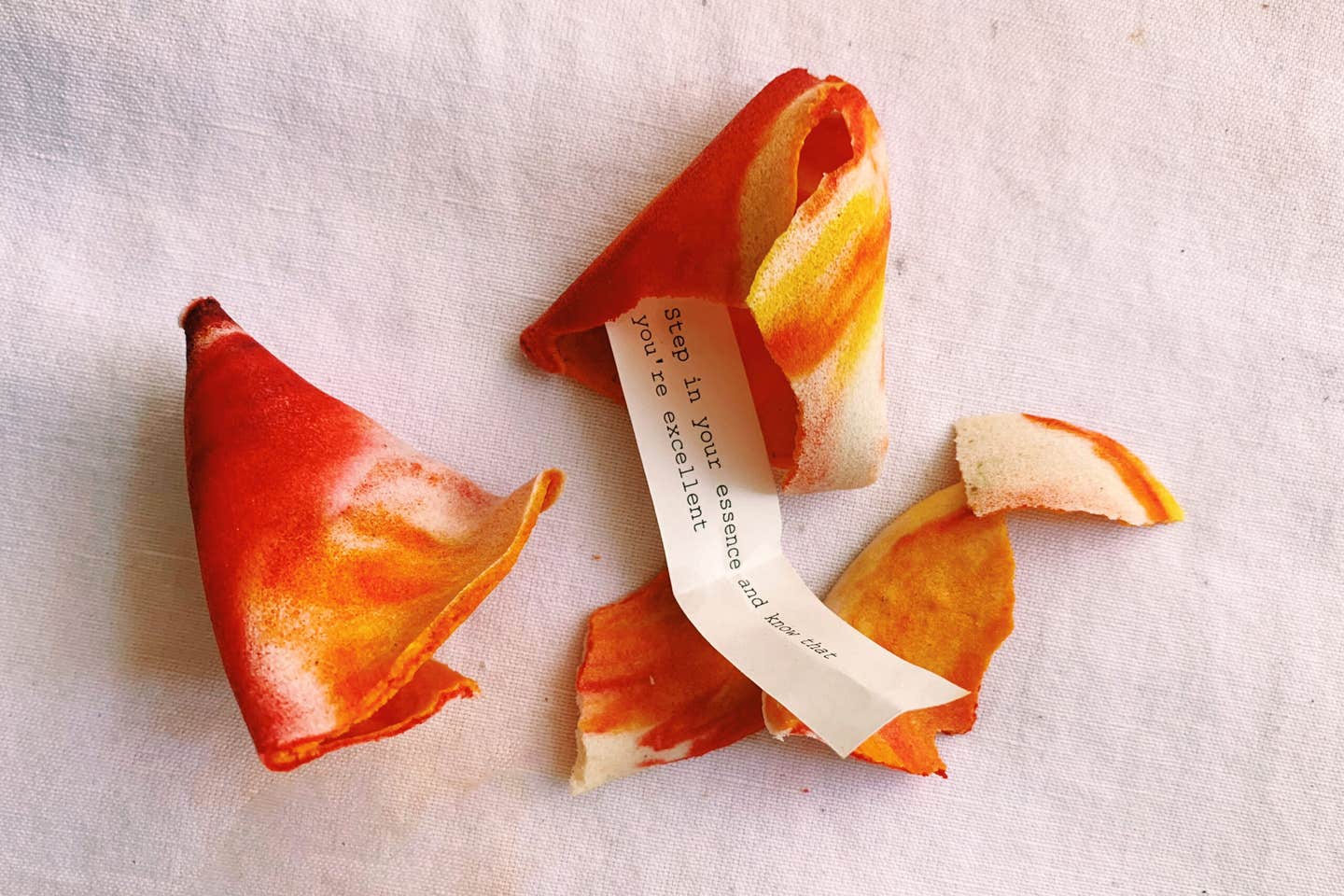
More than a century after fortune cookies first took hold in the U.S., the place they occupy in the hearts of both Asian and non-Asian eaters is quiet but enduring, whether they know it or not. “I would say that Americans have a deep, deep affection for the fortune cookie, much deeper than I think they realize consciously,” notes Lee. “Americans have made fortune cookies a part of their life rituals, without necessarily realizing that they’re not from China.”
“There are a lot of layers of meaning inside the fortune cookie,” she says.
Keep Reading
Continue to Next Story










